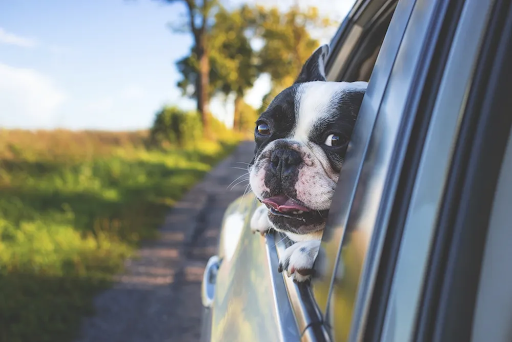Your pet can’t tell you when they’re stressed, but they can show you. Learning to read your pet’s body language is a crucial skill for travel, allowing you to intervene and provide comfort before their anxiety escalates.
For dogs, early signs of stress are subtle. Look for lip licking, excessive yawning when they’re not tired, and a “whale eye” (showing the whites of their eyes). As stress increases, you might see a tucked tail, flattened ears, and panting even when it’s not hot. A refusal to eat treats or play can also be a clear sign that they are overwhelmed.
Cats often show stress by trying to make themselves invisible. They may crouch low to the ground, hide their face, or refuse to move from the back of their carrier. Vocalizations like yowling or hissing are more obvious signs of distress. Over-grooming or, conversely, a complete lack of grooming can also indicate high stress levels.
When you see these signs, it’s time to act. Find a quiet space, speak in a calm and soothing voice, and try to remove the source of the stress if possible. Offering a high-value treat can sometimes break the cycle of anxiety. Recognizing these silent signals is key to being a responsive and responsible travel companion for your pet.


